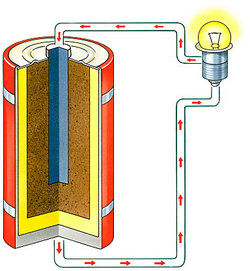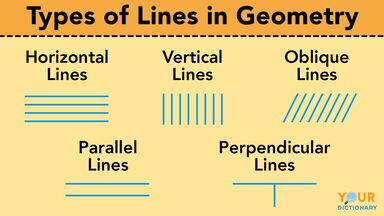Braun devised a form of cathode ray tube, consisting of a vacuum tube having a narrow tubular portion and a bulbous end.
A cathode discharge is projected through two small holes in plates in the narrow part of the tube on a fluorescent screen at the end of the enlarged end, and the cathode ray or pencil depicts on it a small bright greenish patch of light.
This light signal is converted to electrons which are subsequently amplified before being used to modulate the intensity of a cathode ray tube display.
He had the idea in 1916 of using cathode ray oscilloscopes to do this, but this did not come to fruition until 1923.
The PPI image from a high intensity cathode ray tube was projected on to the film through a focusing lens.





